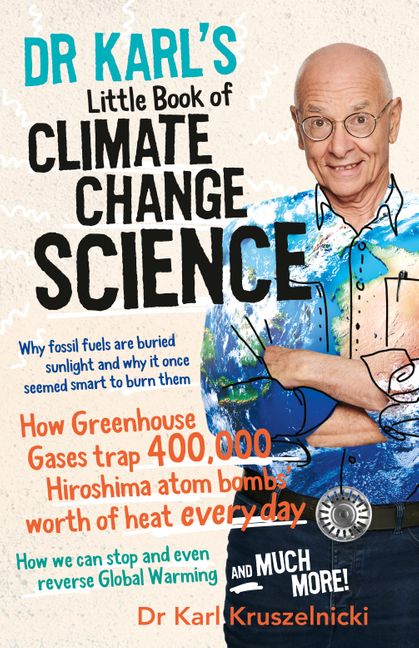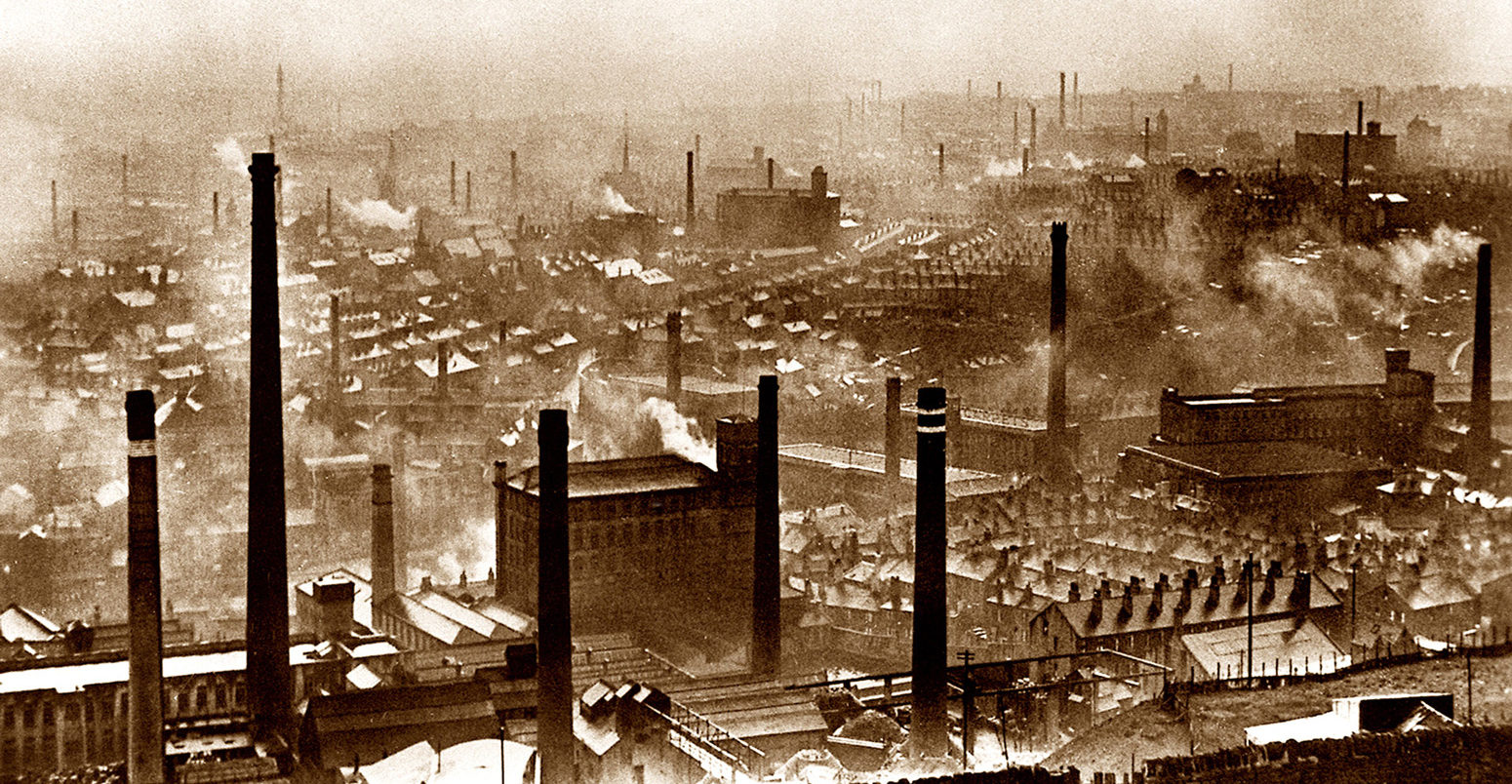Report on Greenhouse Gas Emissions, Climate Change, and the Sustainable Development Goals
This report outlines the scientific basis of climate change driven by greenhouse gases (GHGs) and contextualizes the issue within the framework of the United Nations Sustainable Development Goals (SDGs). It highlights the critical role of human activities in altering the global climate system and underscores the necessity of integrated action across multiple SDGs to address this challenge.
1.0 The Role of Greenhouse Gases and Earth System Dynamics
The fundamental mechanism of climate change involves the greenhouse effect, a phenomenon exacerbated by increasing atmospheric concentrations of specific gases.
- Principal Greenhouse Gases: Gas molecules, primarily carbon dioxide (CO2), methane (CH4), and water vapour, absorb and reradiate infrared energy from the Earth’s surface. This process is essential for maintaining a habitable climate, but its intensification drives global warming.
- Historical Climate Correlation: Geological records show a strong correlation between high concentrations of GHGs and warm climatic periods, and low concentrations during cold phases. This historical context demonstrates the climate’s sensitivity to GHG levels.
- Complex System Feedbacks: The Earth’s climate is governed by intricate feedback loops involving the atmosphere, oceans, ice sheets, and terrestrial vegetation. For instance, vegetation influences the planet’s albedo (reflectivity) and regulates the transfer of water to the atmosphere, thereby impacting climate at multiple scales. This directly implicates SDG 15 (Life on Land), as the health of terrestrial ecosystems is both a factor in and a victim of climate change.
2.0 Anthropogenic Drivers of Climate Change and SDG Implications
Human activities, particularly since the Industrial Revolution, have become the dominant force in the recent and rapid increase of atmospheric GHG concentrations. Addressing these drivers is central to achieving several key SDGs.
2.1 Fossil Fuel Combustion and Industrial Emissions
The combustion of fossil fuels for energy and industrial processes is the primary source of anthropogenic CO2 emissions. This industrial activity also releases other potent GHGs, including methane and chlorofluorocarbons (CFCs).
- SDG 7 (Affordable and Clean Energy): The reliance on fossil fuels is in direct opposition to the goals of SDG 7. A global transition to renewable and clean energy sources is imperative to mitigate GHG emissions from the energy sector.
- SDG 9 (Industry, Innovation, and Infrastructure): Industrial processes are a significant source of emissions. Achieving SDG 9 requires developing sustainable infrastructure and promoting clean and environmentally sound industrial technologies to decouple economic growth from resource degradation.
- SDG 12 (Responsible Consumption and Production): The patterns of production and consumption that demand high energy input from fossil fuels must be transformed to align with the principles of sustainability.
2.2 Land Use Change and Ecosystem Degradation
The alteration of the Earth’s land surface through human activities represents a second major driver of climate change.
- Deforestation and Agriculture: The clearing of forests for agriculture and other purposes eliminates vital carbon sinks. These activities, along with specific agricultural practices like rice cultivation and livestock farming, also release significant amounts of carbon dioxide and methane. This directly undermines SDG 15 (Life on Land), which aims to protect, restore, and promote the sustainable use of terrestrial ecosystems.
- Ecosystem Services: Healthy forests and soils are critical for carbon sequestration. Their degradation not only contributes to climate change but also reduces climate resilience, impacting communities that depend on these natural resources.
3.0 Observed Climate Trends and the Mandate for SDG 13 (Climate Action)
The scientific evidence for human-induced climate change is unequivocal, necessitating urgent and comprehensive measures as outlined in SDG 13 (Climate Action).
- Empirical Evidence of Warming: Paleoclimate and instrumental records confirm a distinct warming trend throughout the 20th and 21st centuries. The decade 2011–2020 stands as the warmest on record, a trend that climatologists widely attribute to anthropogenic GHG emissions.
- The Centrality of SDG 13: Taking urgent action to combat climate change and its impacts is the core objective of SDG 13. This goal cannot be achieved in isolation; it requires synergistic progress on other SDGs.
- Interconnected Goals: Success in climate action is fundamentally linked to progress in other areas. Protecting SDG 14 (Life Below Water) and SDG 15 (Life on Land) preserves crucial carbon sinks. Advancing SDG 7 (Affordable and Clean Energy) and SDG 9 (Industry, Innovation, and Infrastructure) is essential for emissions reduction. The cumulative impact of climate change threatens all aspects of sustainable development, making SDG 13 a linchpin for the entire 2030 Agenda.
SDGs Addressed in the Article
SDG 13: Climate Action
- The article’s central theme is the cause and effect of climate change, driven by greenhouse gas emissions. It directly discusses “human-induced climate change resulting from the production of greenhouse gases,” which is the core focus of SDG 13. The text highlights the urgency by noting that “the decade 2011–20 was the warmest decade since the beginning of modern instrumental record keeping.”
SDG 15: Life on Land
- The article explicitly links climate change to terrestrial ecosystems. It mentions “deforestation” as a significant source of carbon dioxide and discusses how “human impacts on vegetation cover can have local, regional, and even global effects on climate.” It also notes the role of agriculture and wildfires, all of which fall under the purview of protecting life on land.
SDG 7: Affordable and Clean Energy
- The article identifies “fossil-fuel combustion since the Industrial Revolution” as a primary driver of the increase in atmospheric greenhouse gases. This directly implicates the current global energy system and points to the need for a transition to cleaner energy sources, which is the goal of SDG 7.
SDG 14: Life Below Water
- The article discusses the impact of climate change on marine environments. It notes that “Ice sheets, sea ice, … ocean temperatures, … and ocean circulation” are all influenced by the atmosphere. The specific mention of “decline in Arctic sea-ice coverage” highlights a direct threat to marine ecosystems.
SDG 12: Responsible Consumption and Production
- The article points to unsustainable human activities as the root cause of increased greenhouse gases. It mentions emissions from “industrial sources” (like chlorofluorocarbons or CFCs) and methane from “livestock, landfills,” which are byproducts of modern production and consumption patterns.
Specific Targets Identified
Under SDG 13: Climate Action
- Target 13.2: Integrate climate change measures into national policies, strategies and planning. The article’s focus on “Recognition of global climate change as an environmental issue” and the need for “intense research activity” implies the necessity of integrating this understanding into formal planning and action.
Under SDG 15: Life on Land
- Target 15.2: Promote the implementation of sustainable management of all types of forests, halt deforestation, restore degraded forests and substantially increase afforestation and reforestation globally. The article directly identifies “deforestation” as a key human activity contributing to CO2 emissions and mentions “afforestation” as part of the land-use change discussion.
Under SDG 7: Affordable and Clean Energy
- Target 7.2: By 2030, increase substantially the share of renewable energy in the global energy mix. While not stated as a solution, the article’s heavy emphasis on “fossil-fuel combustion” as the problem implicitly points to this target as the necessary course of action.
Under SDG 14: Life Below Water
- Target 14.2: By 2020, sustainably manage and protect marine and coastal ecosystems to avoid significant adverse impacts. The mention of impacts on “sea ice” and “ocean temperatures” directly relates to the health and stability of marine ecosystems, which this target aims to protect.
Indicators Mentioned or Implied
Indicators for SDG 13 (Climate Action)
- Atmospheric Concentrations of Greenhouse Gases: The article explicitly states that “Human activities…are responsible for steady increases in atmospheric concentrations of various greenhouse gases, especially carbon dioxide, methane, ozone, and chlorofluorocarbons (CFCs).” This is a direct indicator of the problem.
- Global Temperature Trends: The article provides clear data points that can be used as indicators, such as “the 20th century was the warmest of the past 10 centuries, and the decade 2011–20 was the warmest decade.”
Indicators for SDG 15 (Life on Land)
- Rate of Deforestation/Afforestation: The article identifies “deforestation” and “afforestation” as measurable human impacts on land cover that contribute to climate change. The change in forest area is a key indicator.
Indicators for SDG 14 (Life Below Water)
- Sea Ice Coverage: The text specifically points to the “decline in Arctic sea-ice coverage” as a measurable consequence of climate change, serving as a direct indicator of the health of polar marine ecosystems.
- Ocean Temperatures: The article mentions that ocean temperatures are influenced by atmospheric changes, making them a key indicator of climate impacts on marine life.
SDGs, Targets, and Indicators Analysis
| SDGs | Targets | Indicators |
|---|---|---|
| SDG 13: Climate Action | 13.2: Integrate climate change measures into national policies, strategies and planning. |
|
| SDG 15: Life on Land | 15.2: Promote the implementation of sustainable management of all types of forests, halt deforestation… |
|
| SDG 7: Affordable and Clean Energy | 7.2: Increase substantially the share of renewable energy in the global energy mix. |
|
| SDG 14: Life Below Water | 14.2: Sustainably manage and protect marine and coastal ecosystems… |
|
| SDG 12: Responsible Consumption and Production | 12.2: Achieve the sustainable management and efficient use of natural resources. |
|
Source: britannica.com
.jpg)





